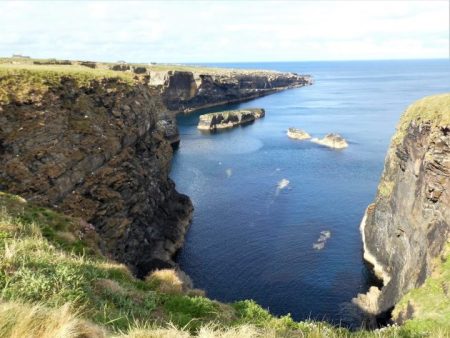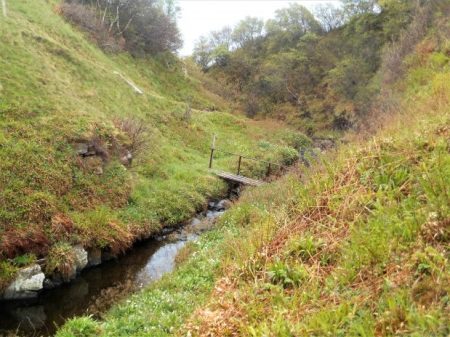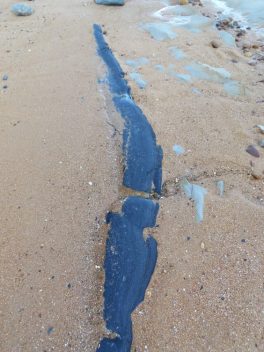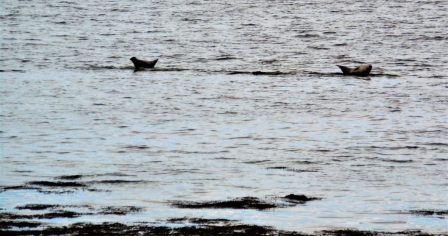
*****
The city.
As we sip our pints in the unique Counting House, a Wetherspoons pub created from an old bank in the centre of Glasgow, the words in the title come to me. If we had stayed too long in the friendly, but toxic atmosphere of this drinking emporium Glasgow would have belonged to me. Sensibly we cut the session short and went off in search of some food. We found the busy Madras Café and enjoyed some good Southern Indian food before returning to our hotel for the night.
Mike and I had travelled up from Preston to Central Station on the train this morning at a ridiculous £7.50 single fare. Our plan was to explore some highlights of central Glasgow and over the next couple of days visit the outstanding art galleries. Having an architect along would give extra value for me.
The ‘Merchant City’ area of Glasgow was developed from Medieval periods but came to the fore in the C19th when merchants’ money from shipping (tobacco, sugar, tea and slaves) created impressive Neoclassical buildings. Everywhere we looked were historic properties. Mike had a list. First up was the City Chambers (opened in 1888 by Queen Victoria) headquarters of various city councils over the years. All was marble, mosaics and mahogany. Unfortunately only the entrance chamber was accessible (post Covid regulations) giving some idea of the opulence.




On the outside wall of the Chambers were the official Imperial Linear Measures. Not normally of great moment but since our crazy government is thinking of resurrecting them in place of the Euro metric I thought a photo would be of historical interest. They may have an armed guard on them by now.


We were in George Square surrounded by imposing buildings and full of statues of notable Scots. Sir Walter Scott was 80ft up on his pedestal, towering over Robert Burns, James Watt, Victoria and Albert and several more.

 As you can see we had a damp start to the afternoon. Our next objective, on the other side of the square, was the Gallery of Modern Art (GoMA) housed in a Merchant’s building, whose history was as interesting as the art. Built in 1778 as the town house of William Cunningham a wealthy Glasgow tobacco merchant who made his fortune through the triangular slave trade. It had been enlarged considerably over the period, namely the Corinthian pillars to the Queen Street facade, the cupola above and the large hall to the rear of the old house. Outside is the most photographed statue in Glasgow – The Duke of Wellington resplendent with traffic cones, four today! The council have given up on removing them.
As you can see we had a damp start to the afternoon. Our next objective, on the other side of the square, was the Gallery of Modern Art (GoMA) housed in a Merchant’s building, whose history was as interesting as the art. Built in 1778 as the town house of William Cunningham a wealthy Glasgow tobacco merchant who made his fortune through the triangular slave trade. It had been enlarged considerably over the period, namely the Corinthian pillars to the Queen Street facade, the cupola above and the large hall to the rear of the old house. Outside is the most photographed statue in Glasgow – The Duke of Wellington resplendent with traffic cones, four today! The council have given up on removing them.

 The entrance opened out into a stunning oval stairwell illuminated from a distant skylight.
The entrance opened out into a stunning oval stairwell illuminated from a distant skylight.

The art on show included black artists who have been in the minority in Scottish culture, yet their post-colonial legacy is important today. Tam Joseph’s Timespan was intended to be a representative leap forwards in racial equality and human rights. 
On the next floor were recognisable modern paintings.


The top floor, Domestic Bliss, was less recognisable with contemporary installations.

Ready for a coffee and a sit down we headed downstairs to the café in the extensive library. I recognised this from a previous visit, but I couldn’t think when! They had just reopened after all the Covid restrictions that Scotland had imposed for longer than England. Good coffee and cakes.
Mike wanted to visit The Lighthouse, the former offices of the Glasgow Herald newspaper. Completed in 1895, it was designed by the architect Charles Rennie Mackintosh. The first of his designs we visited on our trip. Yet again delayed post Covid problems meant we couldn’t access the higher floors and the famous spiral staircase leading to the viewing tower.

Mike thought that the Cathedral, the oldest building in the city, C12th, would be a good place to visit, so we set off in the rain to walk up there. My camera didn’t like the moisture and refused to work, so I switched to my phone for the rest of the day.
The Cathedral was a massive Gothic structure – inside and out. Noticeably was a central pulpitum, a richly carved stone screen between choir and nave added in the early 1400s. The cathedral had survived the reformation intact. Somewhere in the crypt was a shrine to St. Mungo, we missed it. Some lovely stained-glass.




We re-emerged just as the rain stopped and were attracted to the Necropolis on a hill behind the Cathedral. Reached by a bridge this large Victorian cemetery has 50,000 graves, many of them with ornate mausoleums. Wandering around was like something out of a horror film, I was expecting bodies to creep out of some of the shrines. From up here the copper roof of the cathedral was very obvious, copper having replaced the over heavy lead. It was worth coming up here.




A restorative coffee in a fish bar, and we were on a train to the western dock’s area. The last time I stayed in Glasgow was here next to the Armadillo and the Finnieston Crane. We had a walk on both sides of the river, BBC on the south bank, as crowds queued for a Russel Brand concert. 




Then it was back to the centre for that drink and meal, quite a busy afternoon.














































































































































































































































































































































































































































































































